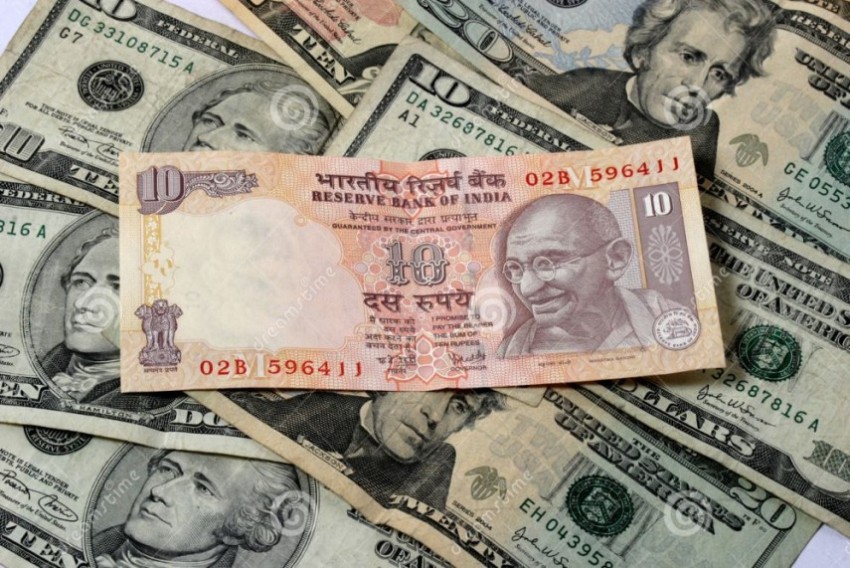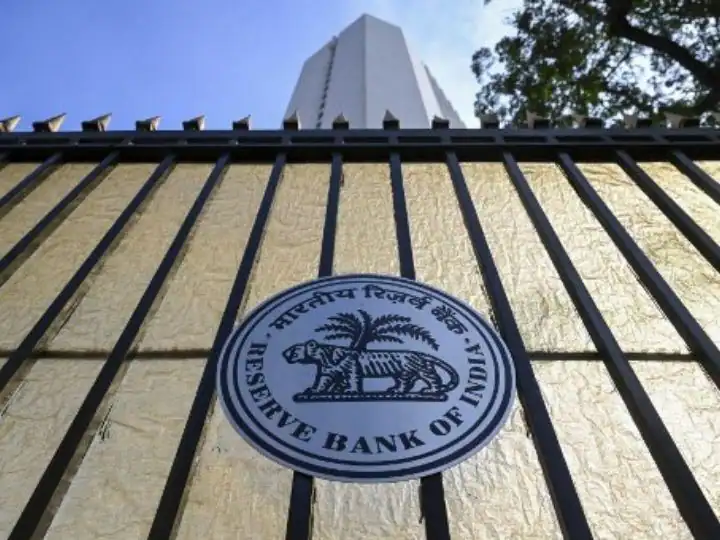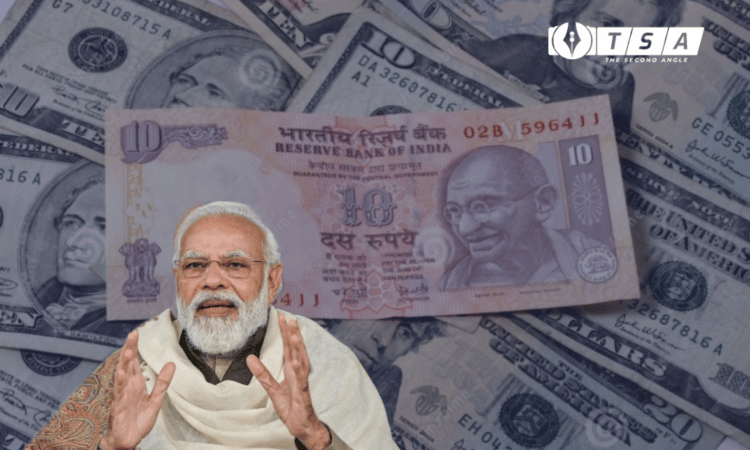Since the beginning of the year, the rupee has been soaring. Foreign funds have already pulled $17.7 billion from Indian equities this year. The rupee has reached a nearly 20-month low. Yes, it is good news for exporters because they will earn more, but it is bad news for importers, oil importers, and many people who may be traveling for vacation. More expensive imports are likely to drive up inflation, particularly in India, where input products account for a large portion of our imports. Furthermore, a weakening rupee raises the cost of oil imports because it costs more rupees per barrel of oil, which contributes to inflation.

We are seeing the performance of the rupee as well as the double whammy of inflation that is creeping in. Is this concerning, or is it consistent with what is happening in the rest of the world, given that the Reserve Bank has not intervened as frequently as it has in the past?
What Does This Depreciation In Rupee Mean To You?
A falling rupee means higher prices for goods and services, more expensive gasoline, and more expensive trips abroad. Domestic tourism, on the other hand, may grow as more tourists visit India because their currency now buys more here. Export-oriented industries may also generate more jobs in the medium term.
A falling rupee has an impact on both exports and imports, as exports are likely to increase while imports may fall slightly. It remains to be seen what effect a drop in household consumption would have on-demand, especially as the holiday season approaches.
Can The Falling Of the Rupee Be Good News?

Some experts believe that there is no cause for concern because, despite our low trade deficit, the rupee has been relatively stable for a long time. There has been some weakness in the fundamentals, which is why the rupee has depreciated, but the depreciation has occurred as a result of the dollar index rising and the Fed indicating a much more positive intent on tapering as well as rate hikes. Therefore, it is consistent with the global fundamentals.
A Positive Impact On Crude Imports Bill
According to a recent report by rating agency Crisil, India’s oil import bill could fall to $65-70 billion in 2020-21, down from $103 billion in 2019-20 and $112 billion the previous year.
“On the one hand, the global slowdown is affecting India’s growth and exports. On the other hand, low prices benefit the crude import bill. If oil prices move in the $35-40 per barrel range, the oil import bill would fall 8% year on year in fiscal 2020 and 35-40% year on year in fiscal 2021,” according to the report.
Furthermore, the government may gain fiscal headroom as oil prices fall, giving the government more leeway to raise excise duties on petroleum products without raising consumer prices.
RBI’s Intervention In The Scenario
On Monday, the rupee fell as much as 0.8 percent to an all-time low of 77.53 per dollar, as foreigners continued to withdraw funds from Indian stocks. Rising inflation and the prospect of aggressive monetary tightening are roiling emerging markets, but India’s central bank’s surprise rate hike last week did not stop the currency’s slide.

The central bank can print dollars to reduce volatility. However, for the first time in a year, the foreign exchange pile has fallen below $600 billion. Forex reserves have been depleted by $36 billion by 2022. It will be interesting to see how the RBI handles these figures.
Also Checkout: RBI’s Blunt Move To Hike The Repo Rate, How Has It Affected The Stock Market?
















